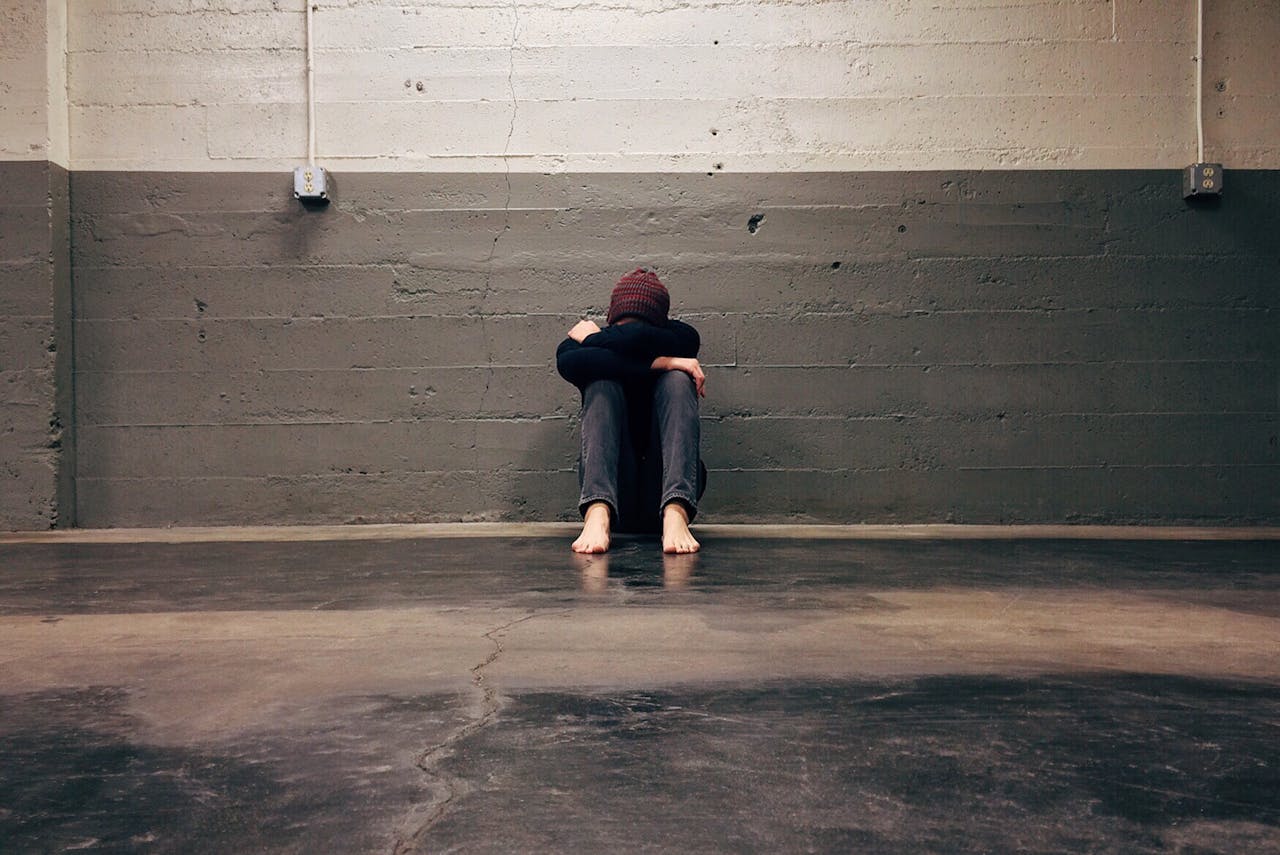When toddlers get colds, it can be hard to see them uncomfortable. Their small bodies make them more sensitive to illnesses and medications. Helping them feel better involves using safe treatments and knowing when to get help from a doctor.
This article will explain safe cold medications for toddlers, what home remedies work well, and when it’s best to talk to a doctor. By understanding these options, you can make sure your toddler gets the right care and feels more comfortable.
1. Common Cold Symptoms in Toddlers
1.1. Typical Cold Symptoms
Here’s what you might see when your toddler has a cold:
- Runny or Stuffy Nose:
- Details: At first, the nose might run clear mucus. Later, it can become thicker and change color.
- Impact: A stuffy nose can make it hard for the child to breathe, sleep, or eat.
- Cough:
- Details: The cough might be dry or wet. It can get worse at night, making sleep difficult.
- Impact: Coughing can irritate the throat and sometimes lead to vomiting.
- Mild Fever:
- Details: Fevers are common and usually not too high. They help the body fight the infection.
- Impact: Mild fevers can make the child feel uncomfortable but are usually not dangerous.
- Sore Throat:
- Details: This might be from coughing or mucus dripping down the throat. It can make eating and drinking hard.
- Impact: A sore throat can make the child less hungry and more fussy.
- Irritability:
- Details: Feeling unwell can make toddlers more irritable and less playful.
- Impact: This can be tough for parents and disrupt daily routines.
1.2. Why Proper Treatment is Important
Choosing the right treatment is key for several reasons:
- Avoiding Side Effects: Some medications can cause unwanted effects in young children.
- Effective Relief: Using the right treatments can help the child feel better without unnecessary risks.
- Preventing Misuse: Correct use of medications helps avoid mistakes and overuse.
2. Safe Cold Medications for Toddlers
2.1. Over-the-Counter (OTC) Medications
Here’s a look at safe options for treating your toddler’s cold:
- Children’s Acetaminophen (Tylenol):
- Purpose: This medicine helps reduce fever and relieve mild pain.
- Dosage Guidelines:
- Ages 2-3: Follow the dosage instructions based on the child’s weight. Usually given every 4-6 hours, but not more than the maximum daily dose.
- Administration: Use the dosing device provided to ensure the right amount. Don’t use kitchen spoons.
- Side Effects: Generally safe when used correctly. Overdosing can harm the liver. Look for signs like nausea or loss of appetite.
- Children’s Ibuprofen (Motrin, Advil):
- Purpose: Ibuprofen also helps reduce fever and pain and works longer than acetaminophen.
- Dosage Guidelines:
- Ages 6 Months and Up: Follow dosing instructions based on weight. Usually given every 6-8 hours, but not more than the maximum daily dose.
- Administration: Use the dosing cup or syringe provided.
- Side Effects: Can upset the stomach and affect kidneys if used too long. Not recommended for some medical conditions without a doctor’s advice.
2.2. Medications to Avoid
Some medications are not safe for toddlers. Here’s why:
- Cough and Cold Medications:
- Risks: These often mix multiple ingredients and can cause serious side effects in young children.
- FDA Warnings: The FDA advises against using these in children under 4 due to risks and lack of proven benefit.
- Combination Products:
- Risks: Medications with several active ingredients can be confusing and increase the risk of overdosing.
- FDA Recommendations: Use single-ingredient products labeled for your child’s age group.
3. Non-Medication Remedies
3.1. Saline Nasal Drops
Saline nasal drops can help clear nasal congestion:
- Usage:
- How to Use: Tilt the child’s head back slightly and put a few drops in each nostril. You can use a bulb syringe to gently clear the mucus.
- Frequency: Use as needed, usually 2-3 times a day.
- Benefits: Helps moisten the nasal passages and makes it easier to clear mucus without medicine.
- Additional Tips:
- Storage: Keep drops at room temperature. Don’t use past the expiration date.
- Precautions: Avoid using too often, as it might irritate the nose.
3.2. Cool-Mist Humidifier
A cool-mist humidifier adds moisture to the air, which can be helpful:
- Benefits:
- Soothing Effect: Helps relieve dry nasal passages and reduce coughing.
- Hydration: Keeps the air moist, which can make breathing easier.
- Usage:
- Placement: Place the humidifier in the child’s room, away from the bed, on a stable surface.
- Maintenance: Clean the humidifier daily to prevent mold and bacteria. Replace filters as needed.
- Safety Tips:
- Avoid Warm-Mist Models: They can cause burns and are generally not recommended for young children.
3.3. Warm Fluids
Warm fluids can soothe a sore throat and provide comfort:
- Types of Fluids:
- Chicken Soup: Warm and comforting, can help with congestion and provide nutrients.
- Herbal Teas: Caffeine-free teas like chamomile can be soothing. Make sure they are cool enough for the child.
- Benefits:
- Soothing: Warm fluids help relieve throat discomfort and can improve overall comfort.
- Hydration: Keeps the child hydrated, which is important when sick.
- Safety:
- Temperature: Ensure fluids are not too hot. Test the temperature before giving them to the child.
- Avoid Sweeteners: Don’t add honey to drinks for kids under one year due to the risk of botulism.

4. When to Consult a Pediatrician
4.1. Symptoms That Need Medical Attention
Know when to seek help from a doctor:
- High Fever:
- Details: If the fever is higher than 102°F (38.9°C) or lasts more than a few days, consult a doctor.
- Additional Symptoms: Seek help if the fever is accompanied by vomiting, trouble breathing, or unusual drowsiness.
- Severe Coughing or Wheezing:
- Details: Persistent or severe coughing, wheezing, or trouble breathing might need medical attention.
- Immediate Attention: Get medical help if these symptoms are severe or if the child is struggling to breathe.
- Dehydration:
- Signs: Look for dry mouth, less frequent urination, or unusual tiredness. Ensure the child is drinking fluids and get medical advice if needed.
- Ear Pain:
- Details: Pain in the ear could be an ear infection, which might need treatment.
4.2. Preparing for the Doctor’s Visit
Make the visit more effective by:
Documenting Symptoms: Write down the child’s symptoms, how long they have lasted, and any treatments used.
Asking Questions: Prepare questions about the treatment plan, side effects, and follow-up care.
Helping a toddler with a cold involves choosing safe medications, trying effective home remedies, and knowing when to consult a doctor. With the right care and timely medical advice, you can make sure your child feels better and recovers quickly.
Thank you for reading! For more tips health, check out our related articles below.
Read 5 Natural Supplements for Balancing Women’s Hormones
Read Best Medications for Managing Chronic Pain



